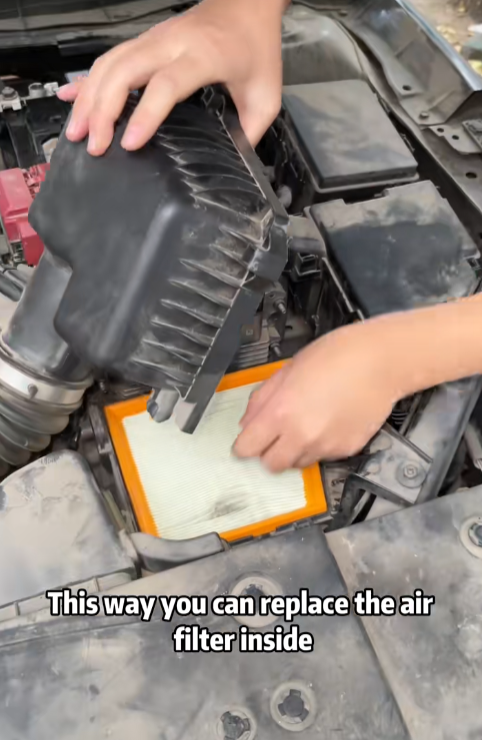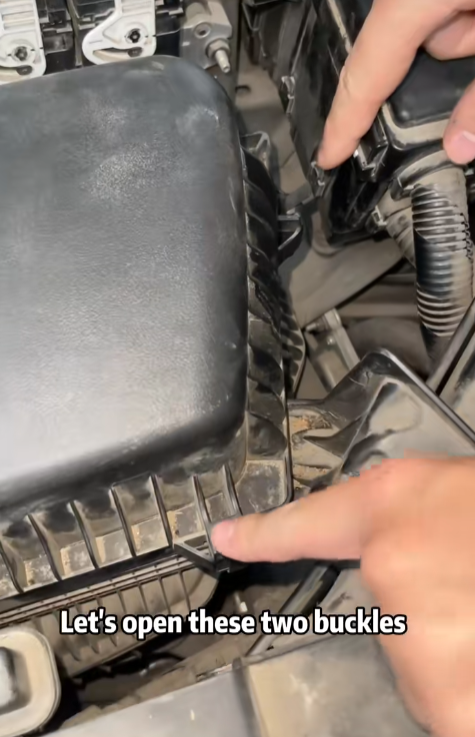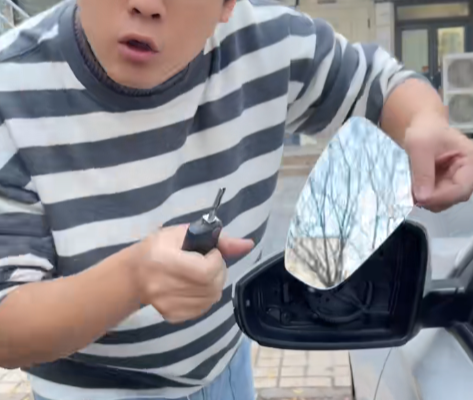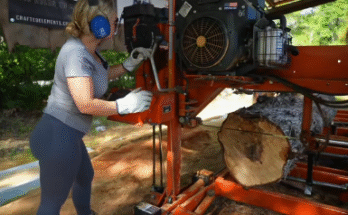
Replacing car parts yourself can save you money, improve your mechanical skills, and give you confidence in maintaining your vehicle. While some repairs require professional expertise, many parts can be replaced at home with basic tools and a little patience. In this guide, we’ll walk you through essential car parts that you can replace yourself and provide step-by-step instructions to help you get the job done.
1. Replacing a Car Battery
What You Need:
- New battery
- Wrench set
- Battery terminal cleaner or wire brush
- Safety gloves and glasses
Steps:
- Turn off the engine and locate the battery.
- Disconnect the negative (-) terminal first, then the positive (+) terminal.
- Remove the battery hold-down clamp.
- Lift out the old battery carefully.
- Clean the terminals with a battery terminal cleaner.
- Place the new battery in the tray.
- Reconnect the positive (+) terminal first, then the negative (-) terminal.
- Secure the battery with the hold-down clamp.
- Start the car to ensure it’s working properly.

2. Changing Engine Oil & Oil Filter
What You Need:
- New oil (check your owner’s manual for the correct type)
- New oil filter
- Oil filter wrench
- Funnel
- Oil catch pan
- Socket wrench
Steps:
- Warm up the engine for a few minutes, then turn it off.
- Place an oil catch pan under the oil drain plug.
- Remove the drain plug with a wrench and let the oil drain completely.
- Unscrew and remove the old oil filter using an oil filter wrench.
- Apply a little new oil to the rubber gasket of the new filter.
- Install the new filter and tighten it by hand.
- Reinstall the drain plug and tighten it securely.
- Pour new oil into the engine using a funnel.
- Check the oil level with the dipstick and add more if needed.
- Start the engine and check for leaks.
3. Replacing Air Filters
What You Need:
- New air filter
- Screwdriver (if necessary)
Steps:
- Locate the air filter housing (usually a plastic box on top of the engine).
- Unclip or unscrew the housing cover.
- Remove the old air filter.
- Place the new filter in the housing.
- Reattach the cover and secure it in place.
💡 Tip: Replace your air filter every 12,000–15,000 miles or as recommended by your vehicle’s manual.

4. Replacing Brake Pads
What You Need:
- New brake pads
- Jack and jack stands
- Lug wrench
- Socket wrench
- C-clamp or brake caliper tool
- Brake grease
Steps:
- Loosen the lug nuts on the wheel (but don’t remove them yet).
- Jack up the car and secure it with jack stands.
- Remove the lug nuts and take off the wheel.
- Locate the brake caliper and remove the bolts holding it in place.
- Slide the caliper off and remove the old brake pads.
- Use a C-clamp or brake caliper tool to compress the caliper piston.
- Apply a thin layer of brake grease to the back of the new pads.
- Install the new brake pads and reattach the caliper.
- Put the wheel back on and tighten the lug nuts.
- Lower the car and pump the brake pedal a few times before driving.
🔧 Tip: Always replace brake pads in pairs (both front or both rear) to maintain even braking.

5. Changing Spark Plugs
What You Need:
- New spark plugs (check the owner’s manual for the correct type)
- Spark plug socket wrench
- Gap gauge (if necessary)
- Anti-seize compound (optional)
Steps:
- Locate the spark plugs (they are connected to thick wires in the engine bay).
- Remove one spark plug wire at a time to avoid mixing them up.
- Use a spark plug socket wrench to unscrew the old spark plug.
- Check the gap on the new spark plug with a gap gauge.
- Apply a small amount of anti-seize compound to the threads (optional).
- Install the new spark plug and tighten it securely.
- Reconnect the spark plug wire.
- Repeat the process for each spark plug.
🚗 Tip: Spark plugs should typically be replaced every 30,000–50,000 miles.
6. Replacing Windshield Wipers
What You Need:
- New windshield wiper blades
Steps:
- Lift the wiper arms away from the windshield.
- Press the small tab on the wiper blade and slide it off the wiper arm.
- Attach the new wiper blade, ensuring it clicks into place.
- Lower the wiper arms back onto the windshield.
💡 Tip: Replace your wipers every 6–12 months for clear visibility.

Final Thoughts
Replacing car parts yourself can be a rewarding and cost-effective way to maintain your vehicle. With the right tools and a little patience, you can handle many basic repairs and keep your car running smoothly. Always consult your car’s manual for specific instructions and safety precautions before performing any DIY repairs. If a repair seems too complex, don’t hesitate to seek professional help.
Taking care of your car not only saves you money but also ensures your safety on the road. Happy fixing!



